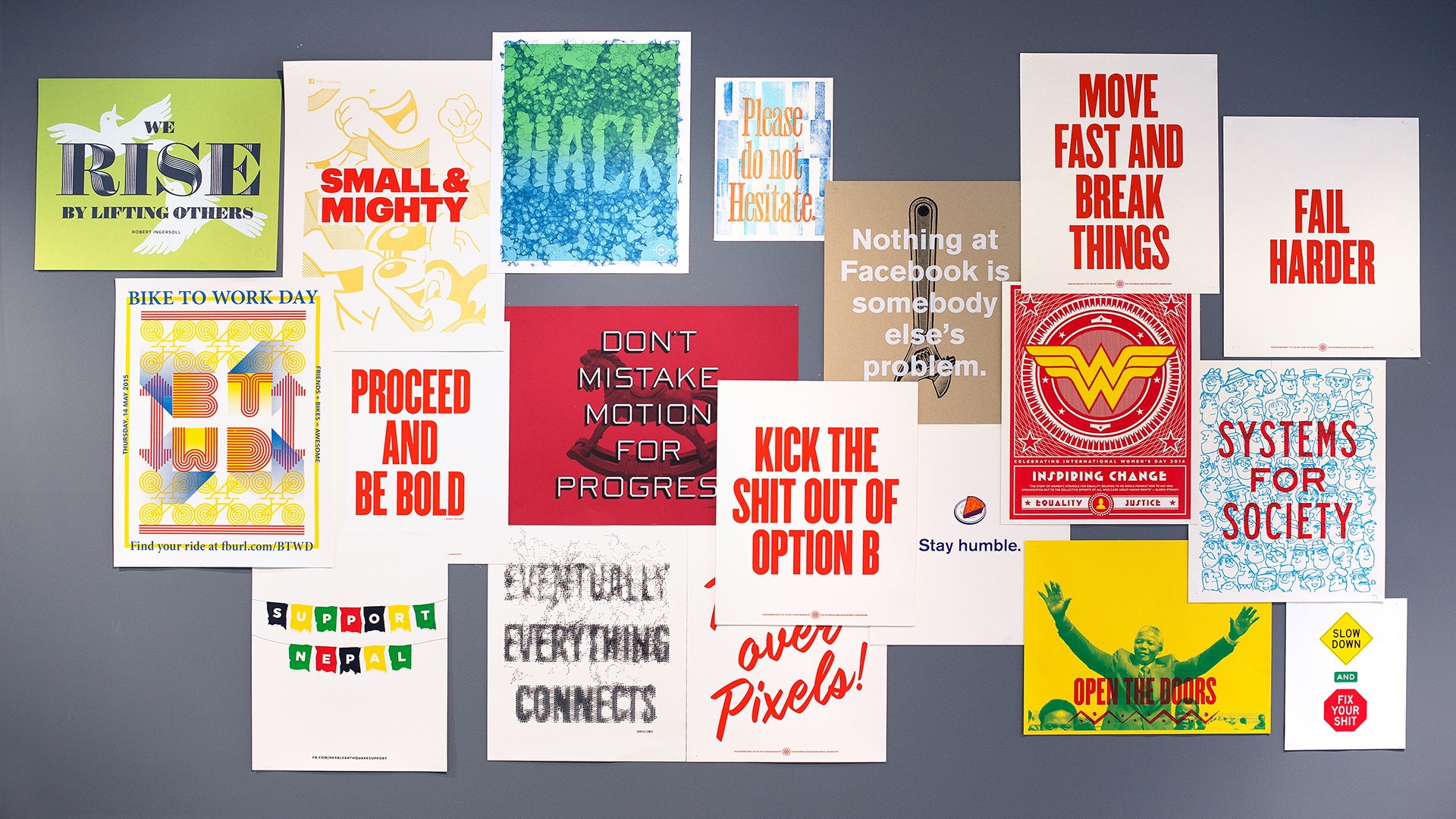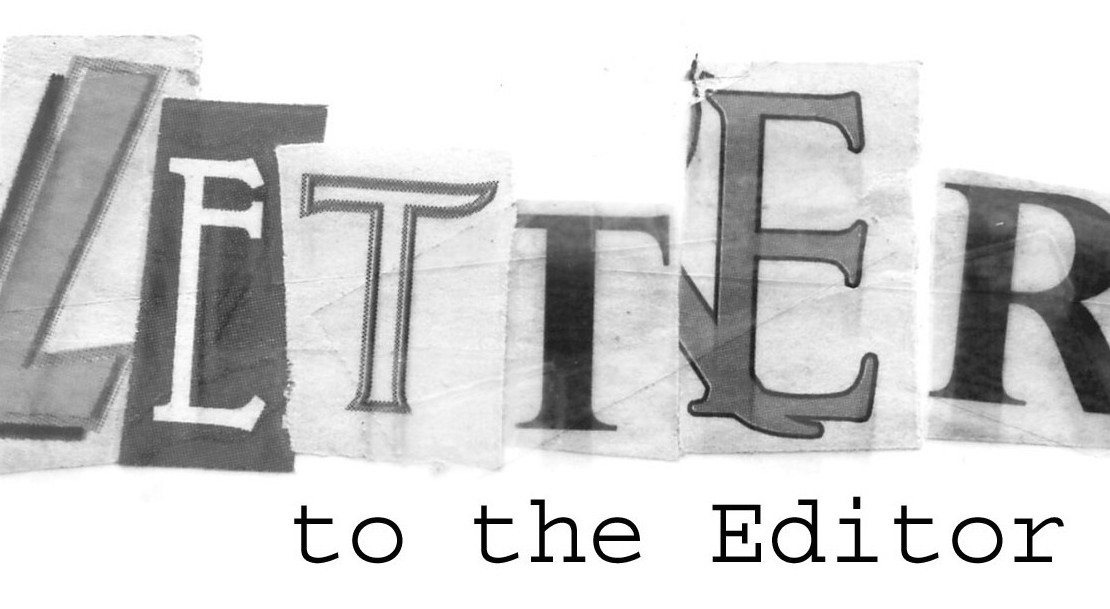Hashtag Flawless: The #CallMeCaitlyn Transformation is PR Gold
By Erica Schlesinger, Communications Strategist By now, Bruce Jenner’s announcement that he has been living more than 60 years of his life as transgender, and his subsequent debut as Soon after Jenner inked her agreement with ABC, Vanity Fair was locked in as well. It can only be assumed Jenner and her team had their…
read moreYour Competitive Advantage is Being Human
Photo via Fast Company By Chance Shay, Communications Strategist IDSD Recap – Keynote Speaker, Brian Kramer I’ll be honest, I wasn’t familiar with
read more5 Essential Elements of Every Community Outreach Plan
Community outreach is a unique discipline within public relations. For public agencies trying to change consumption behavior, developers wanting to inform a neighborhood of a change or non-profits hoping to gain support, the challenge is to influence the community as an outsider. Along with posing additional communication challenges, the major difficulty for community outreach—and its differentiator…
read moreAn Ode to AP Style
By Molly Borchers, Sr. Communications Strategist As an ode to Toward: The car comes toward you, not towards you. You can walk forward, upward, backward and downward, but never forwards. If you’re following me, these words do not have an “s.” Farther vs. Further: Farther refers to…
read moreDear Journalists, We Can Explain: Things PR Pros Want You to Know
By Erica Schlesinger, Communications Strategist If you’ve been in the media relations game long enough – on either side – you’ve seen Now, don’t get me wrong, journalists – those things are annoying, misguided and a mark of poor (or no) research. So I assure you, I feel you. But I also assure you that for…
read more




















